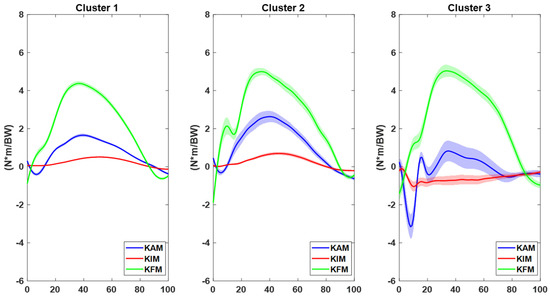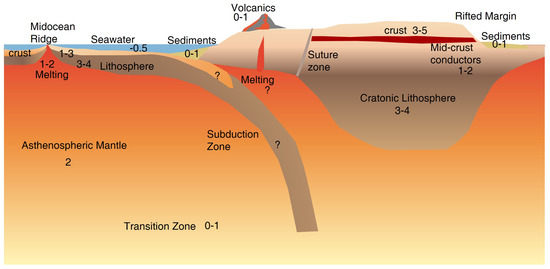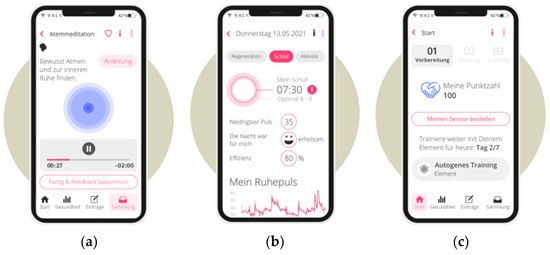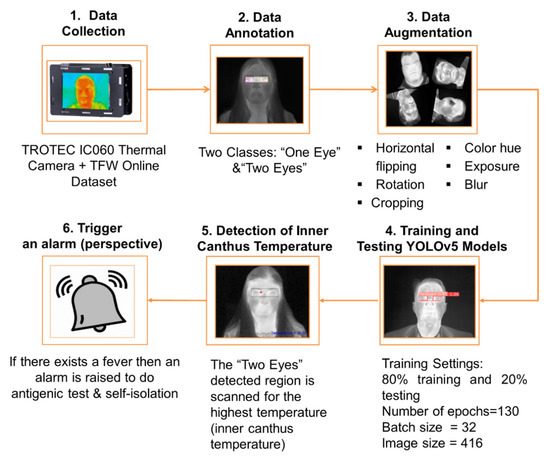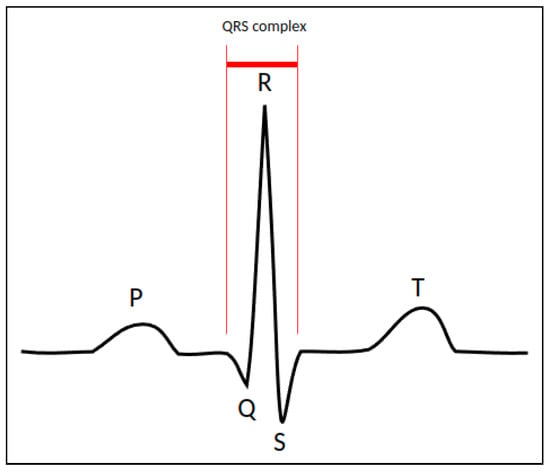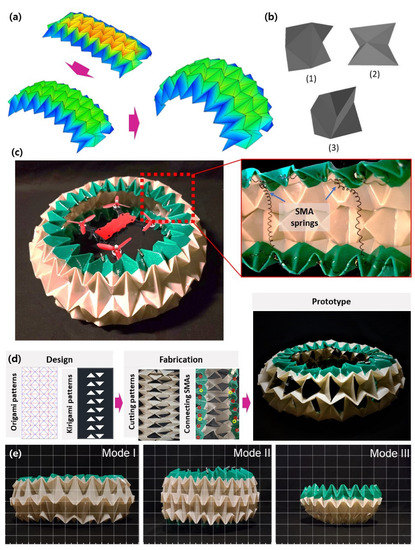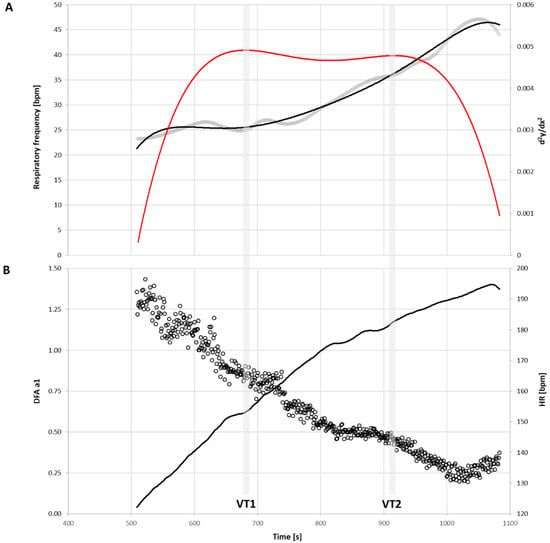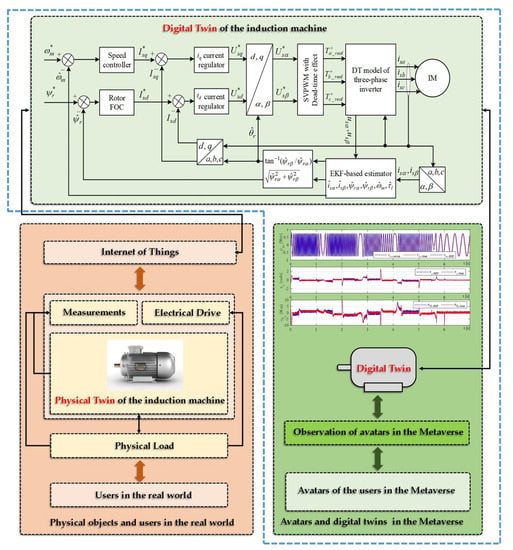Sensors 2023, 23(4), 1808; https://doi.org/10.3390/s23041808 - 6 Feb 2023
Cited by 2 | Viewed by 5049
Abstract
Currently, the lateral electric field excited resonators are used for the creation of various sensors. We have recently proposed a new type of acoustic resonator called radial electric field excited disk acoustic resonator. The advantage of this type of resonator is its high
[...] Read more.
Currently, the lateral electric field excited resonators are used for the creation of various sensors. We have recently proposed a new type of acoustic resonator called radial electric field excited disk acoustic resonator. The advantage of this type of resonator is its high sensitivity to mechanical and electrical boundary conditions on its free surface. This makes it possible to determine both the acoustic and electrical properties of a thin layer of material deposited on the free end of the resonator. In this work, we used a radial electric field excited disk acoustic resonator of Russian-made barium plumbum zirconate titanate (BPZT) piezoceramics. With the help of this resonator, the material constants for the piezoceramic sample were refined, and their temperature dependencies were determined. Then, this resonator was used to determine the elastic modulus, viscosity, and conductivity of the chitosan acetate film in air and ammonia vapors of various concentrations. It was shown that the chitosan acetate film under the influence of ammonia vapor significantly changes its mechanical properties and increases its electrical conductivity thousands of times, and then completely restores its properties.
Full article
(This article belongs to the Special Issue Piezoelectric Resonator-Based Sensors)
►
Show Figures




